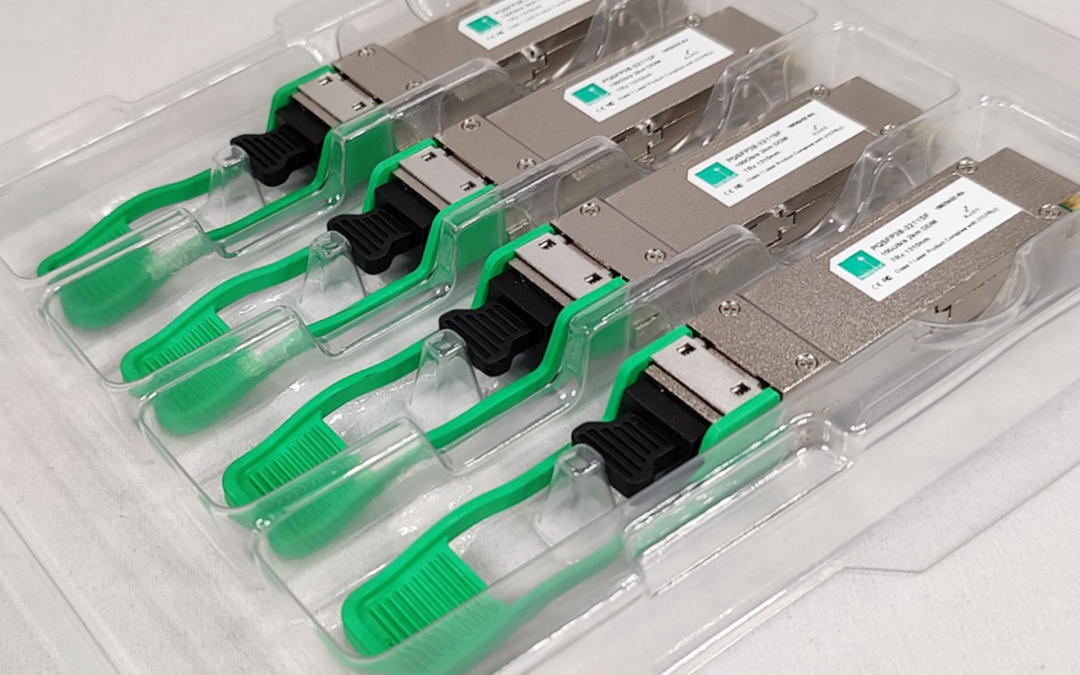The new 5G networks need low cost solutions that are reliable and can transfer data with consistency. Here’s where MWDM and LWDM’s come into place. The focus on creating a newer, faster and higher frequency transfer data channel has made a quick shift in what are the network systems needs to keep up with the demand of the 5G front-haul. The developed market of CWDMs has allowed two new WDM’s to emerge. And while CDWM is still a viable option, there are benefits of using LWDM’s and MWDM’s in your network system you must not miss. But first, let’s understand how CWDM’s work.
CWDM’s Usage And Advantages
The current CWDMs (coarse wavelength division multiplexers) allow for both upstream and downstream data transfer in the same fiber cable. The CWDM generally has 18 wavelengths, but because of the high attenuation, it only uses 6 of them, between 1271nm and 1371nm.
Data in fiber cables where CWDMs are used can reach up to 60 KM, with a 2.5GB/s speed. Some of the CWDMs use bandpass filters and prisms to control their temperature and reduce the power needed to sustain such a network. Normally used in metropolitan areas, they still present a viable option to transfer data in the current networks.
The Response To Newer Demands
One of the options to upgrade the network for higher transfer frequency and speed is using the LWDM technology, which is compatible with SPF28 25G transceivers. The multiplexer is a better option in regards to saving power and reducing the dispersion from the transmission of information. Because of how the LWDM works, some channels might overlap with the ones in CWDM, but because of its reduced channel spacing, it can use all of its 12 channels.
MWDM’s 12 channels might be similar, but their compressed wavelengths allow them to save energy and reuse the same optical fiber. It is an easy to adopt solution because of its adaptation and integration in the current networks, with minimal costs and efficient operation. Since it reuses the 6 channels from the CWDM and just shifts the wavelengths by 3.5nm, it has become the go-to option for integration in the new 5G networks. Our 25G MWDM transceivers and multiplexers are suitable solutions for networks in need of fast change.
If you want to discuss further about our solutions, you can always contact us. You can also subscribe to our newsletter to find out the new changes in the industry and how we can support your network infrastructure.


